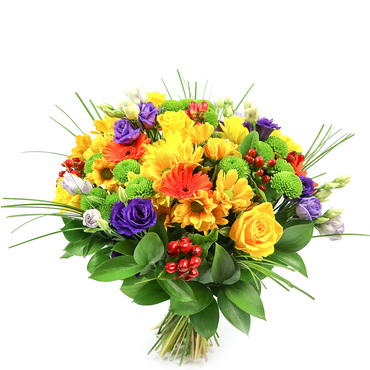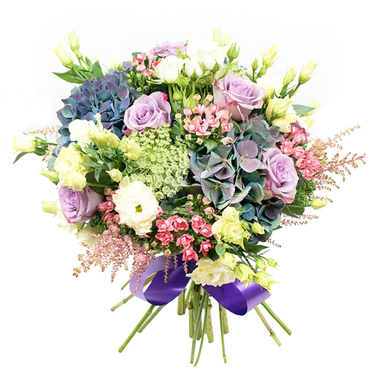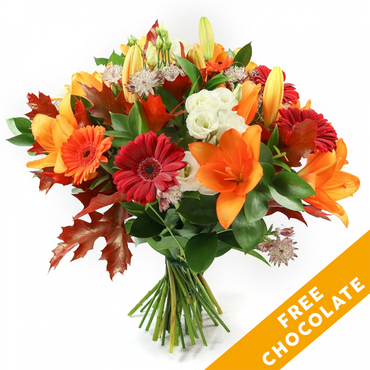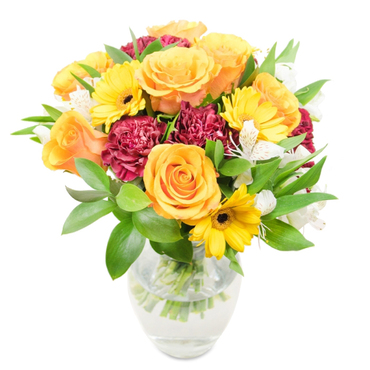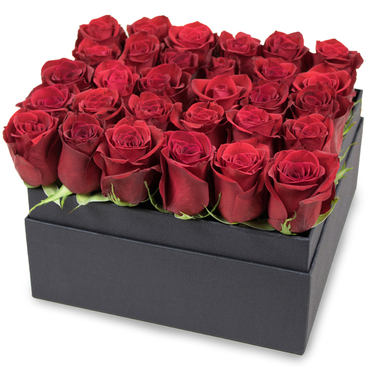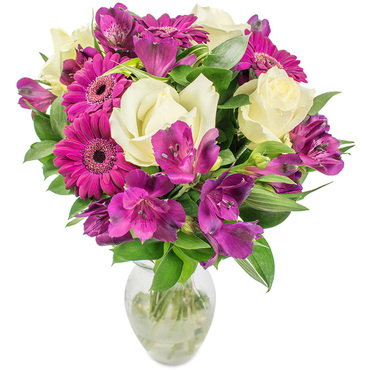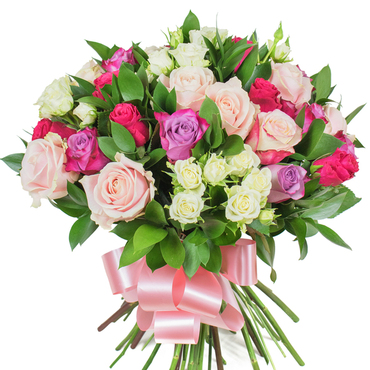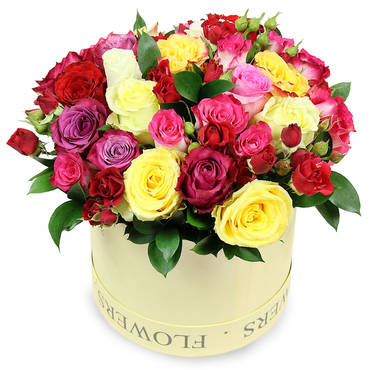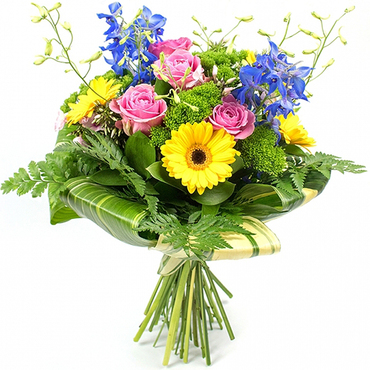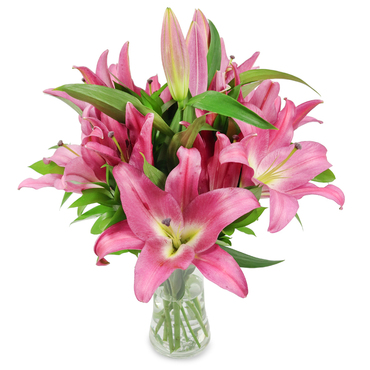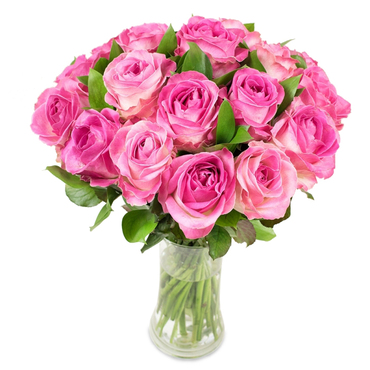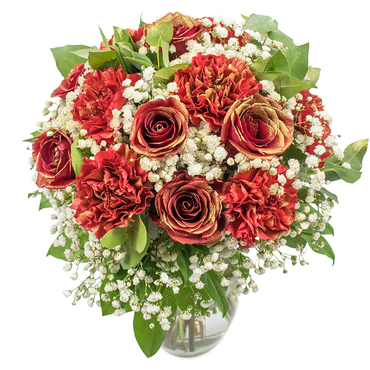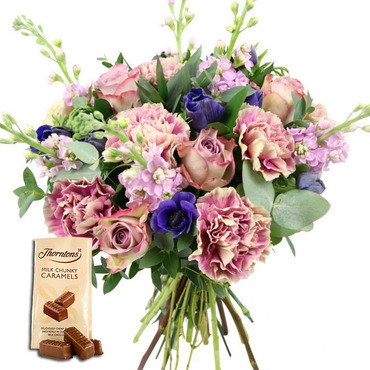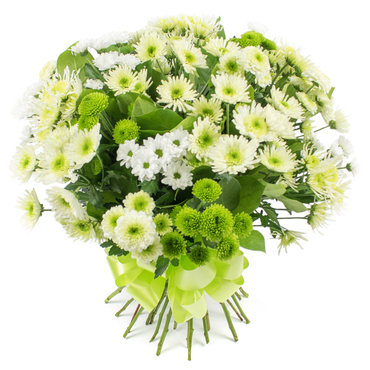Create a buzzing oasis for pollinators in your backyard
Posted on 02/05/2024
Pollinators such as bees, butterflies, and hummingbirds play a crucial role in our environment. They are responsible for pollinating the plants that provide us with food, medicine, and even clothing. Unfortunately, the habitat for these valuable creatures is shrinking due to urbanization and other human activities. But there is something we can do to help - create a buzzing oasis for pollinators right in our own backyard.
With just a few simple changes, you can turn your backyard into a haven for pollinators. Not only will this benefit the environment and local ecosystem, but it will also provide you with hours of enjoyment as you observe these beautiful and important creatures at work.
Why We Need Pollinators
Before we dive into how to create a pollinator-friendly backyard, let's first understand why these creatures are so essential. Pollination is the transfer of pollen from the male reproductive parts of a flower to the female reproductive parts, which allows plants to produce seeds and reproduce.
Without pollinators, many plant species would struggle to survive. This includes not only the plants we rely on for food but also those that provide shelter and food for other animals. In fact, about 75% of all flowering plants rely on animal pollinators in some way.

How to Create a Pollinator-Friendly Backyard
Now that we know why pollinators are important, let's look at how we can make our backyards inviting for them.
1. Plant Native Flowers
One of the best ways to attract pollinators is by planting native flowers. These are plants that are naturally found in your region and have adapted to the local climate and soil conditions. Native flowers provide familiar sources of nectar and pollen for pollinators, making them more likely to visit your garden.
Some examples of native flowers include milkweed, coneflower, bee balm, and goldenrod. Be sure to include a variety of flowers that bloom at different times throughout the growing season to provide a continuous food source for pollinators.
2. Provide Water Sources
Just like all living creatures, pollinators need water to survive. Create a shallow dish or birdbath with pebbles or rocks for pollinators to land on while they drink. This will also provide them with a place to rest and cool off on hot days.
3. Avoid Harmful Chemicals
Many common gardening products, such as pesticides and herbicides, can be harmful to pollinators. These chemicals can kill them directly or indirectly by contaminating the plants they feed on. Instead, opt for natural methods of pest control and use organic fertilizers to protect pollinators.
4. Offer Shelter & Nesting Areas
Pollinators need places to rest and shelter from harsh weather conditions. You can create nesting areas by leaving dead trees or logs in your yard, providing piles of twigs or brush, or even installing an insect hotel. You can also consider planting shrubs and trees to create sheltered areas for pollinators.
Pros and Cons
Creating a buzzing oasis for pollinators in your backyard has numerous benefits, including:
- Supporting the local ecosystem: By attracting pollinators, you are supporting the entire local ecosystem, including other beneficial insects and birds.
- Improving crop yield: If you have a vegetable garden, having pollinators around can increase your crop yield significantly.
- Enjoyment: Watching pollinators at work is not only educational but also incredibly relaxing and enjoyable.
On the downside, creating a pollinator-friendly backyard may require some extra time and effort on your part. You may need to adjust your gardening practices and be patient as it takes time for pollinators to discover your garden.
Tips
- Plant a variety of native flowers to provide a continuous food source for pollinators.
- Avoid using harmful chemicals in your garden.
- Create nesting areas and shelter for pollinators to rest and hide from predators.
- Research the specific needs of the pollinators in your area and cater to them accordingly.
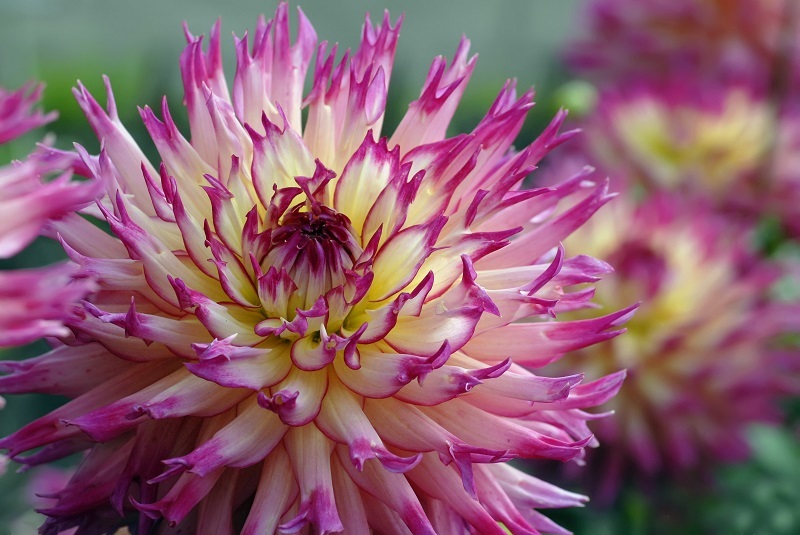
Takeaways
- Pollinators play a crucial role in our environment.
- By creating a pollinator-friendly backyard, we can support the local ecosystem and improve crop yield.
- Simple changes such as planting native flowers, providing water sources, and avoiding harmful chemicals can make a significant impact.
Conclusion
Creating a buzzing oasis for pollinators in your backyard is not only beneficial for the environment, but it also allows you to connect with nature and appreciate the wonders of these important creatures. With just a few changes, you can transform your backyard into a welcoming haven for pollinators. So why not start today and do your part in preserving these vital species? Your backyard will thank you, and so will the bees, butterflies, and birds.






